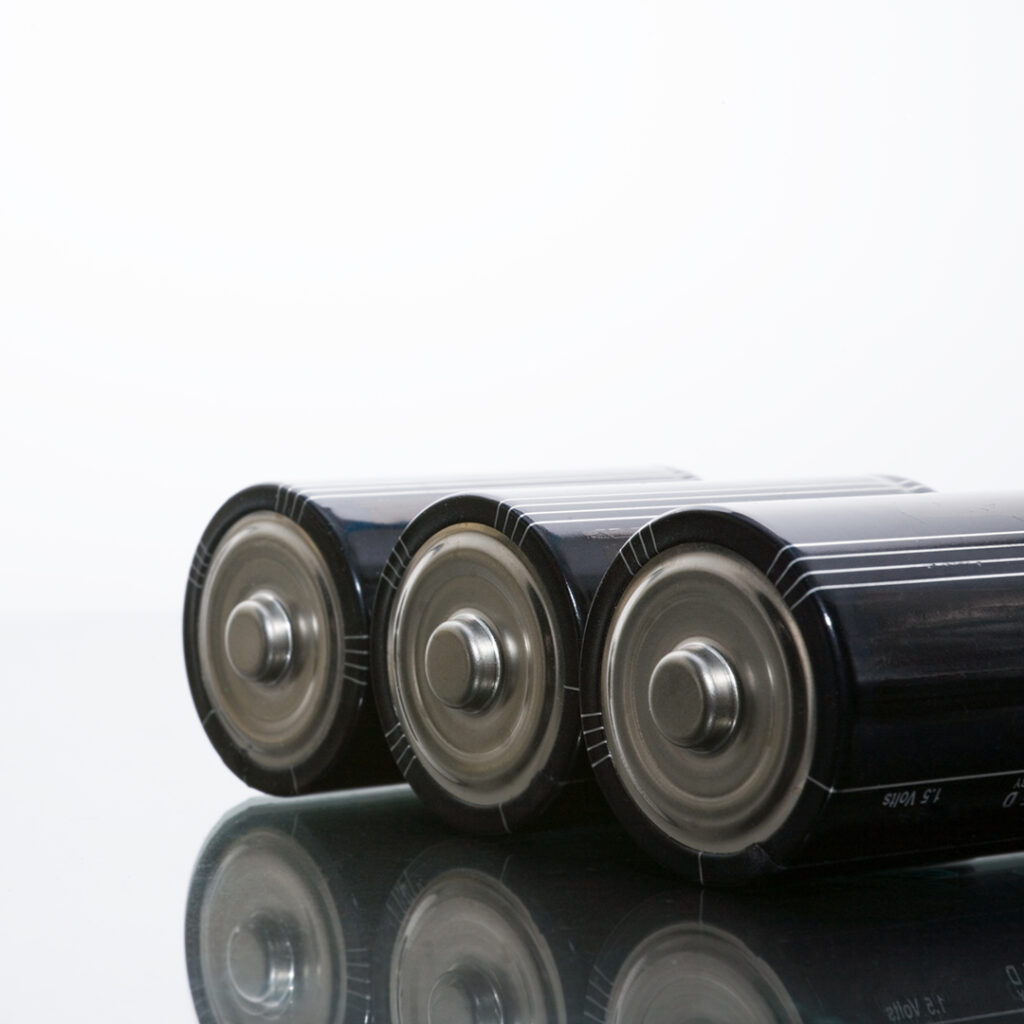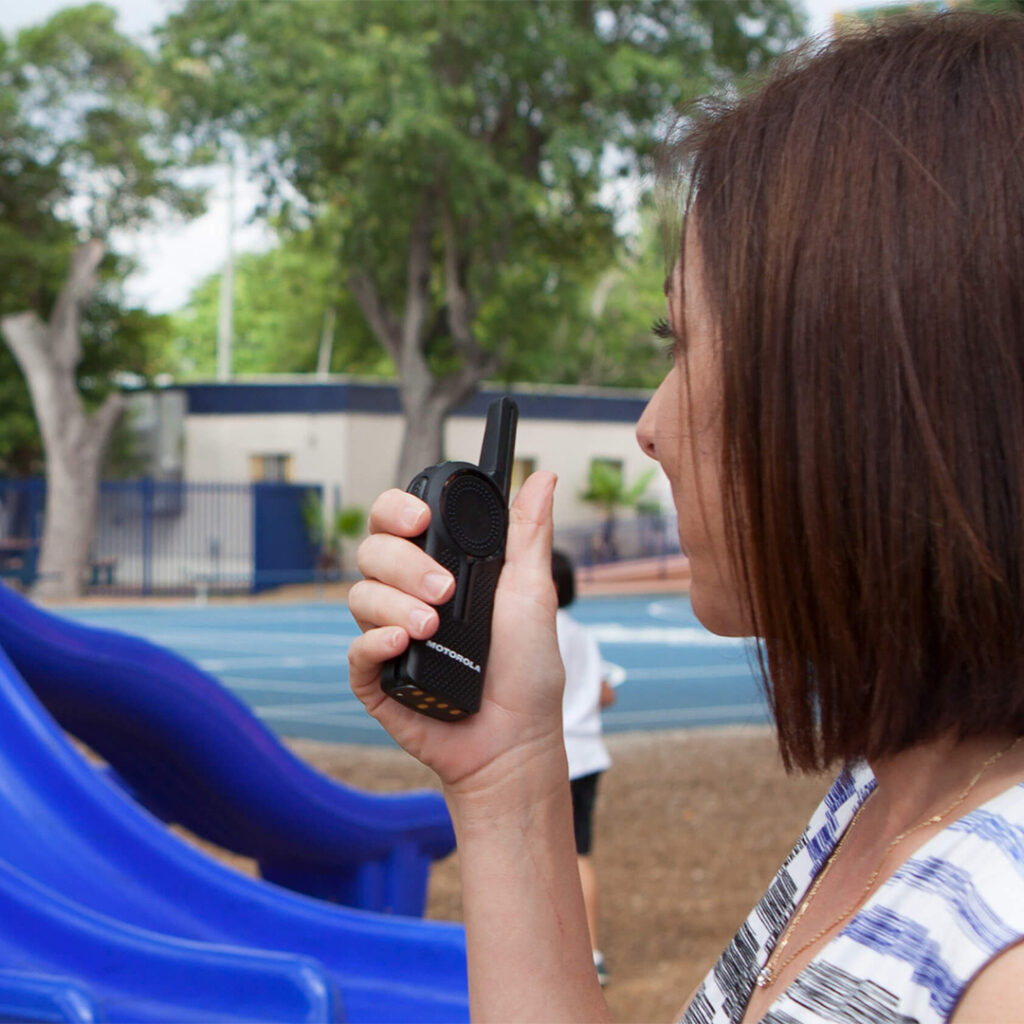When it comes to using two-way radios in the United States, two types of radio frequencies are available for communication. These frequencies are known as VHF (Very High Frequency) and UHF (Ultra High Frequency). The Federal Communications Commission (FCC), which is responsible for regulating radio, television, and satellite communications in the U.S., separates radio frequencies into four groups split between VHF and UHF:
Whether you’re interested in using two-way radios for commercial or recreational purposes, you must decide which type of frequency you’ll use. Not sure where to start? At 2 Way Radio Direct, we specialize in two-way radio communications, meaning we understand the differences between VHF and UHF and can help you see the benefits of both options. Keep reading as we explain everything you need to know, then shop our two-way radios and accessories to browse our selection of VHF and UHF radios and antennas.

VHF has a radio wave frequency range between 30 to 300 MHz, making it ideal for long-range communications. In fact, VHF frequencies are used for marine communications for that very reason. UHF, on the other hand, has a frequency range between 300 MHz to 3 GHz, allowing it to reach even further distances and between structures. Because of this, UHF technology is used for WiFi, cellular communications, and more. When choosing between VHF vs. UHF, consider the range you require. VHF reaches a range fit for most everyday applications, while UHF has a much farther range suitable for a variety of indoor commercial uses.
Two-way radios offer exceptional communication capabilities, with the ability to instantly connect with a large group of people. This leads to improved productivity and efficiency. However, while they offer numerous benefits, they do have certain limitations. Radio waves can sometimes be vulnerable to interference and dropouts, which is more prevalent with UHF frequencies due to its extensive range. On the other hand, VHF frequencies are less likely to face interference because of their wavelengths. It’s important to keep in mind that when choosing between VHF and UHF, interference could impact your communication experience. Therefore, it’s essential to weigh the advantages and disadvantages of each frequency to ensure your specific needs are met.

Whether you’re staying in communication with friends or your staff, long-lasting two-way radios are a must. While battery life may depend on the specific radio model you’re using, you should know that its frequency type also has an influence. UHF frequencies require high power settings, so they often consume much more energy than VHF frequencies. If you need to minimize communication downtime due to charging, you may be more interested in VHF than UHF. On the other hand, if you prefer the wide range UHF frequencies boast, you could purchase additional batteries or charging units from 2 Way Radio Direct. We carry an array of products that can help combat the high energy consumption of UHF, allowing you to achieve the communication solution you need.
One stark difference between VHF and UHF frequencies is related to their wavelengths. VHF has longer wavelengths, so it travels well across far distances with little trouble facing interference. This makes them particularly useful in open outdoor areas with hills or trees. UHF frequencies, however, tend to get blocked by obstacles, though their wavelengths penetrate walls and buildings with little difficulty. As a result, UHF may be the ideal choice if you’re using your two-way radios in a large warehouse or tunnel system. The better your radios can penetrate your environment, the more efficient your communications will be. Not to mention, if you’re experiencing fewer interference issues, you won’t have to worry about communication gaps.

As you read before, the FCC is responsible for regulating most communications in the U.S., and radio frequencies are no exception to their authority. In some applications, VHF frequencies require a license to use. Depending on how you play to use your two-way radios, this is important to keep in mind if you’re interested in VHF. In contrast, UHF frequencies can be operated without a license in some conditions. If you’re unable or unwilling to become licensed, UHF may be the right fit for you. The FCC can issue hefty fines of up to $500 per day per violation, so it’s important to follow their regulations closely to avoid trouble.
If you plan to rely on two-way radios for your communication needs, especially in commercial settings, then it’s crucial that you have easy access to accessories for them. From chargers and earbuds to antennas and receivers, you never know what you might need, so it’s important to check their availability near you. UHF frequencies are the most widely used in commercial industry communications, so it’s easy to find accessories for them. Fortunately, if you’re unable to find the two-way radio accessories you need, 2 Way Radio Direct carries a wide selection for both UHF and VHF frequencies. Plus, with same-day shipping and a price match guarantee, we make it quick and affordable to maintain your two-way communications.

When deciding between VHF vs. UHF, there are many factors to consider. Ultimately, your choice will depend on how you plan to use your two-way radios and what your exact needs are. If you’re communicating across a large outdoor space and prefer a long-lasting battery paired with minimal interference, consider VHF as long as you don’t mind the potential licensure requirement. On the other hand, if you need a powerful frequency in an extensive indoor area with more relaxed FCC regulations, UHF could be more suitable.
No matter which type of radio frequency you choose, 2 Way Radio Direct is here for you. We boast an impressive selection of two-way radios and accessories, including VHF and UHF antennas, backed by a satisfaction guarantee. Our selection of radios is designed to be durable, easy to use, and adaptable for most applications and industries. We understand that communication is key whether you’re in a commercial or recreational environment, so we proudly provide two-way communication systems you can rely on. And with our variety of accessories, you can make the most of your radios and tailor them more specifically to your needs.
If you’re interested in improving your current communication setup, turn to 2 Way Radio Direct today. Whether you opt for a VHF frequency for its range of use or a UHF frequency for its accessibility, using two-way radios will make communicating with colleagues, teams, friends, and others easier, faster, and more efficient than ever. Browse our selection of the best two-way radios today, and contact the 2 Way Radio Direct team if you have any questions.